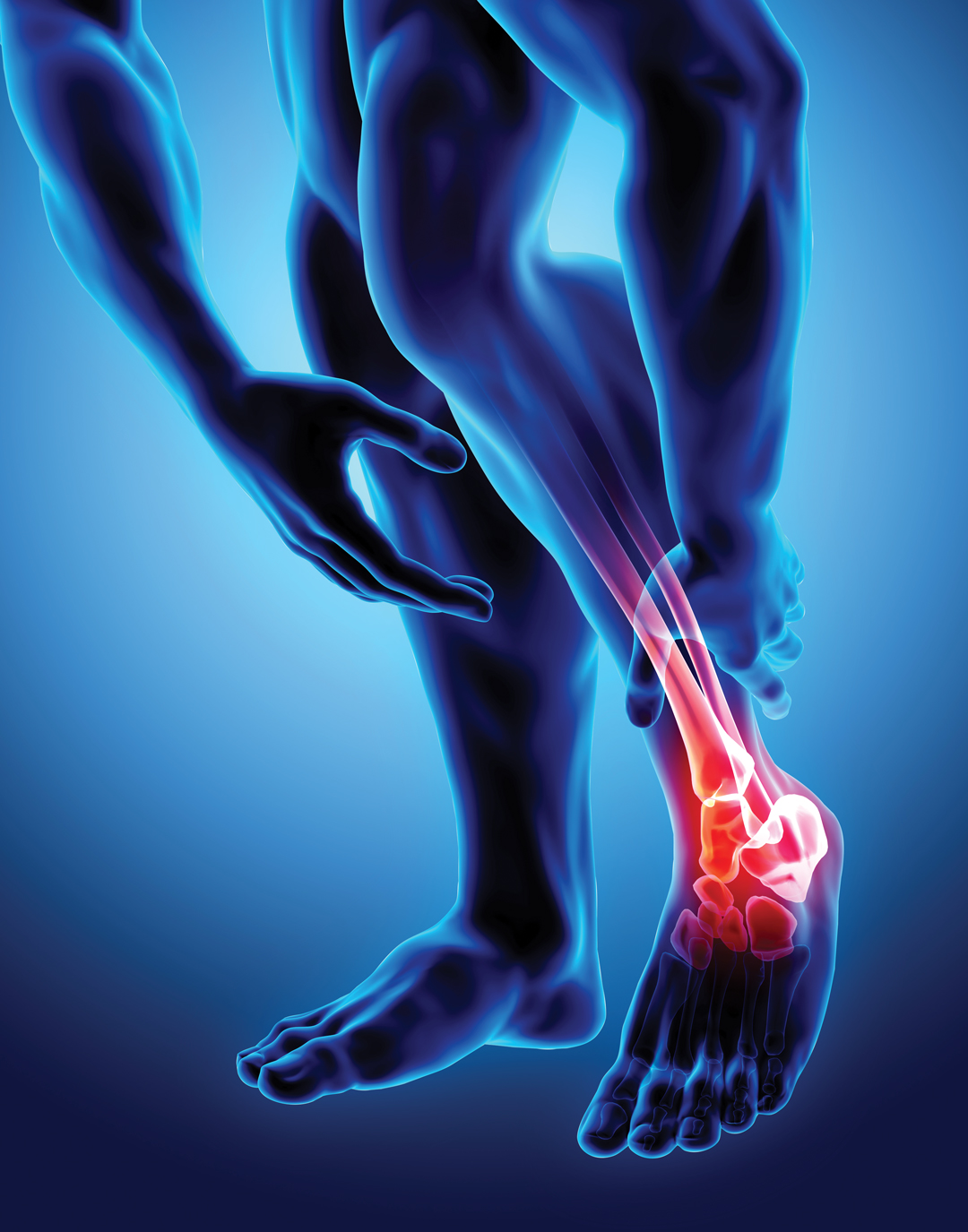SAFETY FIRST
BY ELLEN COTTEE • IMAGES BY SHUTTERSTOCK
The potential for injury exists in all workplaces. Factory workers may face serious back strain and even office workers can develop carpal tunnel syndrome. Farmers must perform a variety of tasks across their expansive worksites, opening them up to a potential myriad of injuries from strains and sprains to breaks or worse.
For individual farm operations, the first line of defence against job-related injuries includes the creation of a farm safety program. AgSafe Alberta works with crop and livestock farmers to create such customized farm-safety plans.
Donna Trottier, program director for the organization, said these plans begin with assessing the safety risks that are present on farms. “It could be as drastic as farm equipment that could cause fatal injuries or as easy as identifying places on the farm that could contribute to slip and falls,” she explained. “All of these pieces are important parts of farm safety.”
Machinery and animals are aspects of farm operations that need to be assessed for the injury risk they represent. Another assessment component is to create information sheets for employees that detail potential injuries, steps in its prevention and courses of action should an injury occur.
Farms should always have a safety program in place, said Trottier. “These programs don’t have to be complicated. Even something simple can help prevent injuries.” In addition to creating a plan, implementing a farm safety program properly and ensuring all employees are aware of the program is key to prevent injuries. Anyone working on a farm should always know what safety plans are in place.
Tracking the most common on-farm injuries can be difficult. Trottier said many farmers take relatively minor injuries such as cuts and sprains as well as aches and pains as an expected part of the job.
In addition, the nature of farm injuries is changing. Shauna Armstrong, physiotherapist with Lethbridge Physiotherapy, said while automation may seem to make certain on-farm jobs less dangerous, these advancements can lead to repetitive strain injuries similar to those experienced by office or factory workers. “With more automation, farmers become more sedentary,” said Armstrong. “This leads to more low-back pain and injury.”
When it comes to preventing these injuries, especially during seeding and harvest when plenty of time is spent sitting in the tractor, Armstrong recommends farmers heed the advice she gives office workers. “Take breaks of five minutes every hour, take the time to stretch and ensure seats are adjusted often,” she said. “Switching tasks throughout the day where possible is another way to prevent repetitive strain injuries.”
While farmers may have difficulty seeking care for strain injuries due to their rural location, Armstrong recommends visiting a physiotherapy office while in a larger community and asking for at-home exercises to treat pain and injuries. Many of the musculoskeletal injuries a physiotherapist would treat take four to eight weeks to heal, but that doesn’t mean one must take all that time off work. Job modifications can be recommended and work can continue uninterrupted.
As for preventing these injuries, especially when workload changes are upcoming, Armstrong said year-round physical fitness is key. “Farmers can help prepare their bodies for the various types of work they do from season to season by maintaining a good general fitness level throughout the year that targets all the major muscle groups—specifically, the core muscles,” she said.
All farm injuries, major or minor, should be addressed. In some cases, failing to seek treatment for relatively minor concerns such as strains can lead to long-term disability and permanent physical damage.

For more information on common farm injuries and how to avoid them, visit agsafeab.ca and physiotherapyalberta.ca.






Comments